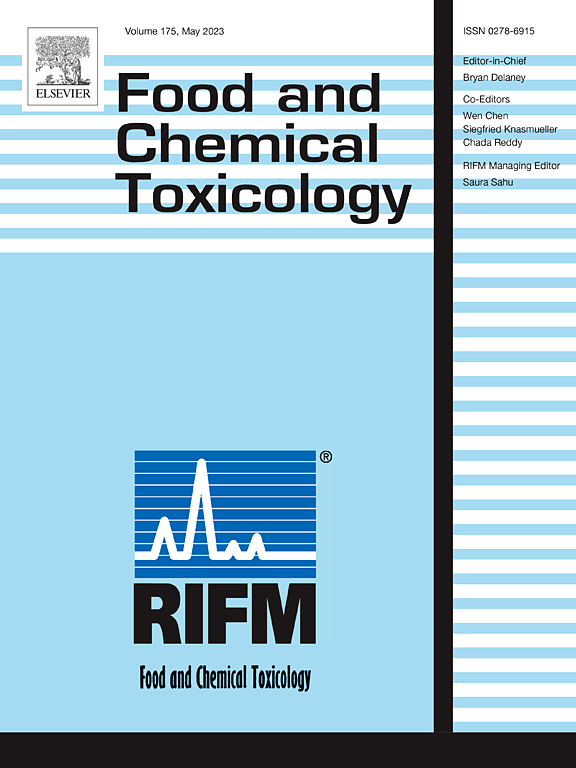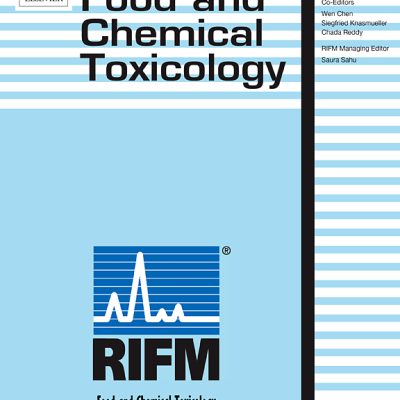Pesticide residues in bee bread, propolis, beeswax and royal jelly – A review of the literature and dietary risk assessment
Rita Végh, Mariann Csóka, Zsuzsanna Mednyánszky, László Sipos
Abstract
Due to pollinator decline observed worldwide, many studies have been conducted on the pesticide residue content of apicultural products including bee bread, propolis, beeswax and royal jelly. These products are consumed for their nutraceutical properties, although, little information is available on the human health risk posed by pesticides present in them. In our research, studies dealing with the pesticide contamination of the above-mentioned hive products are reviewed. Dietary exposures were calculated based on the recommended daily intake values and concentration data reported by scientific studies. Potential acute and chronic health risk of consumers were evaluated by comparing the exposure values with health-based guidance values. Available data indicate that a wide range of pesticide residues, especially acaricides may accumulate in bee bread, propolis and beeswax, up to concentration levels of more thousand μg/kg. Based on our observations, tau-fluvalinate, coumaphos, chlorfenvinphos, chlorpyrifos and amitraz are commonly detected pesticide active substances in beehive products. Our estimates suggest that coumaphos and chlorfenvinphos can accumulate in beeswax to an extent that pose a potential health risk to the consumers of comb honey. However, it appears that pesticide residues do not transfer to royal jelly, presumably due to the filtering activity of nurse bees during secretion.



